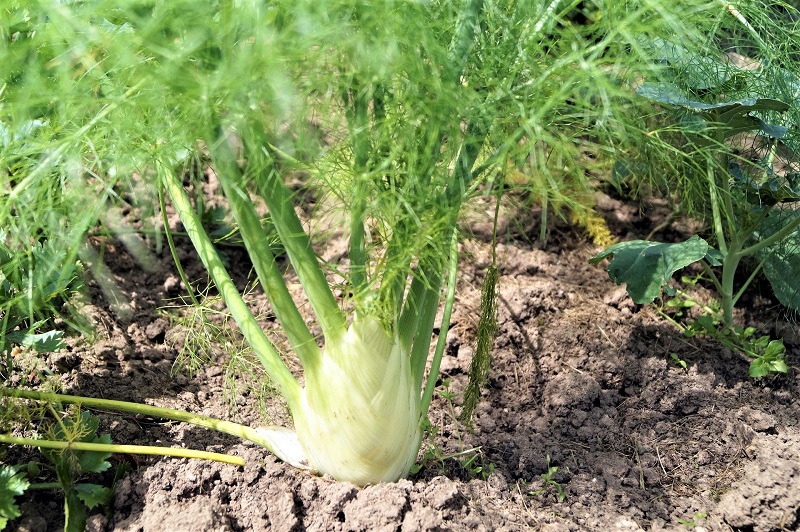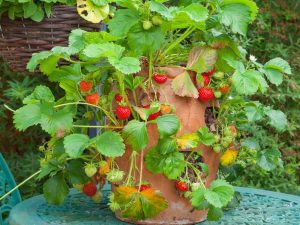We are right now approaching a distinct juncture in the gardening calendar. If you happen to live in the Northern Hemisphere, then May and June are the months when we prepare for a bountiful summer and early fall. Hopefully, you will have already started an early harvest here and there.
With some of the peas, carrots, broad beans, and potatoes lifted, picked, and plucked, you should begin seeing vacant spaces in the garden soon.
Being the diligent gardener that you are, you will of course see these openings as an invitation to sow some more. Now that the spring’s mad rush is quite over, starting another crop in the summer should be a more relaxed, more genteel concern. Choose wisely.

Grow Your Own Bulb Fennel
Contents
Bulb fennels are perhaps among the most refined selections you can make for your summer vegetable garden. With its beautiful feathery foliage matched only by its luxurious aniseed flavor, bulb fennel – or finocchio – makes a delicately delicious pairing with fish.
The ancient Egyptians grew them for food and medicine. The Holy Roman Emperor Charlemagne issued an edict that it should be grown in the south of France.
Why not grow bulb fennel in your garden this summer, as well?
Planting Fennel Seeds in Your Garden
The first step is to find an appropriate site for planting. Fennel does not do well when its roots are disturbed, so sow in-site, either into pots or in the ground where it is to grow. Being of Mediterranean provenance, bulb fennel prefers sun-drenched locations and light, fertile, free-draining soil.
While the plant will survive with little watering, dry soil is likely to encourage bulb fennel to flower early at the expense of juicy bulbs. To ensure adequate moisture, thoroughly water the soil before re-sowing with fennel seeds. Sow the seeds in rows across weed-free, compost-enriched soil.
Plant three or four seeds ½ inch deep every 10 to 12 inches along the rows, eventually thinning to the single strongest seedling at each position.

Care and Maintenance
The first and foremost rule in the care and maintenance of bulb fennels is that you must keep the soil sufficiently moist. Water the plants well during dry spells and apply a mulch of grass clippings around the planting bed. Keep the roots slaked throughout the season.
When the stems of the plants begin to thicken, shore up loose soil against their bases as you would potatoes. This will ensure a more tender bulb and provide support against any strong gusts of summer wind.

Dealing with Pests
Few pests bother the bulb fennel, but slugs and snails will occasionally feed on young seedlings. You will see the tell-tale slime trails on the leaves and in the soil around your crop. You can use sawdust or eggshell barriers to dissuade the slow marauders.
You should also be on the look-out for greenflies on the soft shoot tips. They suck sap and excrete sticky honeydew, which encourages black, sooty molds. Use your finger and thumb to squash aphid colonies.

Harvesting Bulb Fennel
Your fennel bulbs will be ready to harvest within 14 weeks of planting. Cut the bulbs above the soil, but leave the roots in the ground. These may re-sprout and produce a second harvest of smaller, tender shoots later on. The bulbs are best consumed soon after cutting. They’re exquisitely tasty both raw in salads and cooked. The leaves and stems are an excellent seasoning for fish and salads, too.

Are you ready to grow bulb fennel in your garden this summer?








